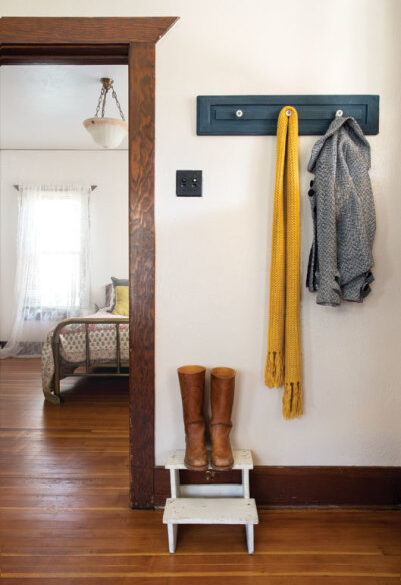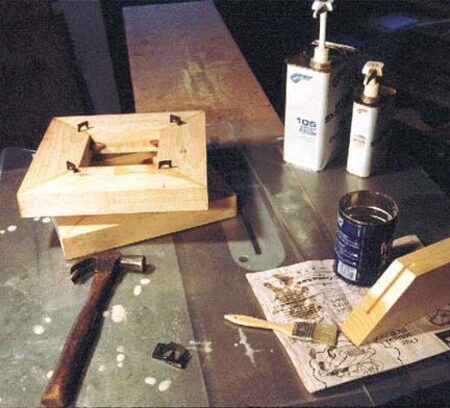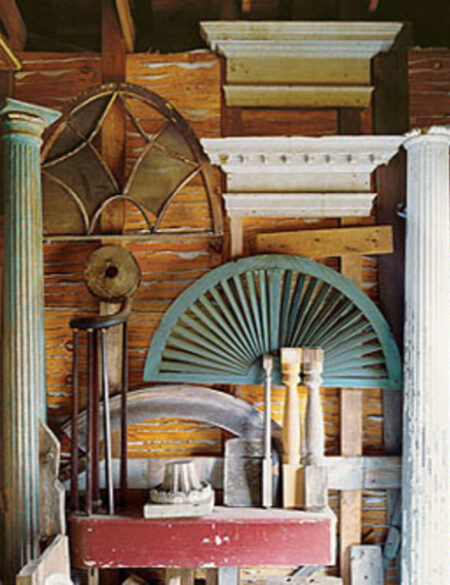This content was originally published on OldHouseOnline.com and has been republished here as part of a merger between our two businesses. All copy is presented here as it originally appeared there.
Ogee molding was a common interior and exterior finish trim on old-house doors and windows. But today it can be hard to find off-the-shelf versions that match the dimensions of vintage profiles. When you can’t find the molding you’re looking for to replace worn pieces, make it yourself using a combination of store-bought and custom-cut parts.
Step 1
Start by removing the original molding. Insert a pry bar along the molding’s edge in the middle of the run and carefully pry the molding loose. (Starting in the middle, where the molding can bend, helps remove a lot of the tension and keeps pieces from breaking. You also can cut nails as you go, using wire snippers.)
Step 2
Next, use a table saw to cut two accessory pieces from a 1x stock piece of lumber: a 3″ 8″ strip and a 1″8″ strip. These little strips will be stacked beneath and beside store-bought ogee molding to create a profile that’s no longer readily available today.
Step 3
After you’ve cut the trim boards, you’ll need to make their surfaces as smooth as possible. Use a hand planer (shown) or sandpaper to remove any saw marks.
Step 4
The finished pieces (shown separately at right) will stack together to form a close proximity to the original ogee profile.
Step 5
To install the new compound molding, you’ll need small brads and a hammer or an air gun. Start by nailing the 3″ 8″ piece into place. Then butt the 1″ 8″ filler piece beside it at a 45-degree angle, and tack into place. Next, apply some wood glue to the back of the ogee molding and place it on top of the filler, taking care to align the edges. Finally, use brads to secure the compound molding into place through the ogee.










